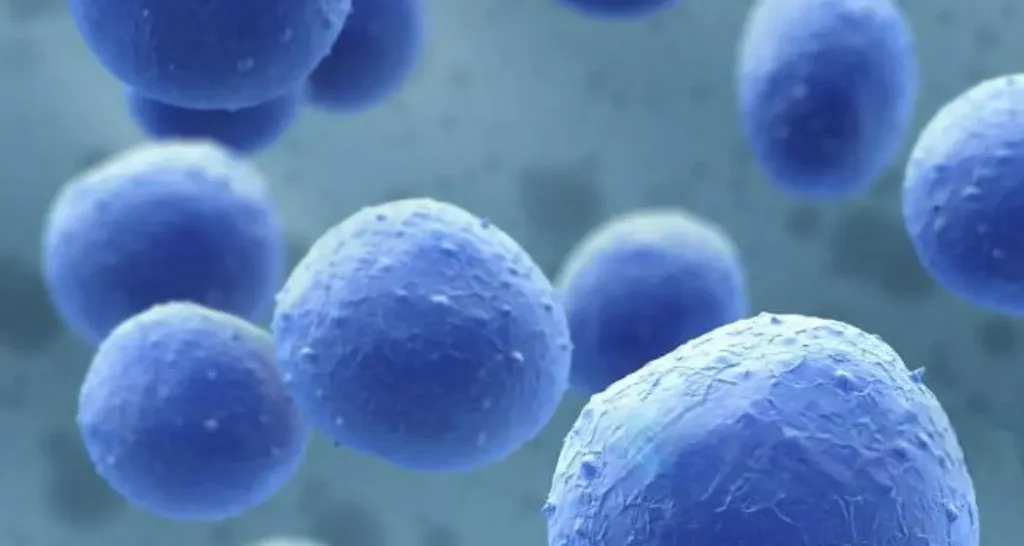
The Evolution of Human Cellular Tissue (Formerly Stem Cells)
Explore stem cell options in regenerative medicine: bone marrow, adipose fat, and donor sources. Discover the benefits of neutral cells and low risks.

Explore stem cell options in regenerative medicine: bone marrow, adipose fat, and donor sources. Discover the benefits of neutral cells and low risks.
Waters Edge is the #1 Medical Clinic and Spa in St. Petersburg, FL. We offer a wide variety of cosmetic services and all-natural and regenerative options for pain relief. Our team of experts offers decades of experience in creating personalized treatment plans, administering safe treatments, and ensuring optimal results. Book with us today to start your journey toward enhanced longevity & vitality.
© 2024 – Waters Edge Medical Clinic | All Rights Reserved.